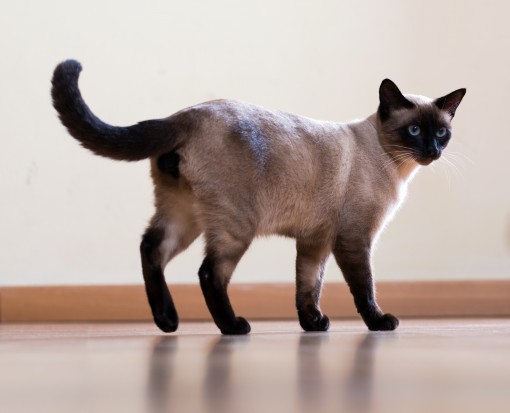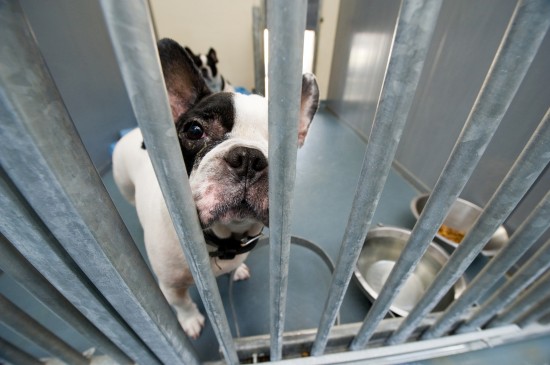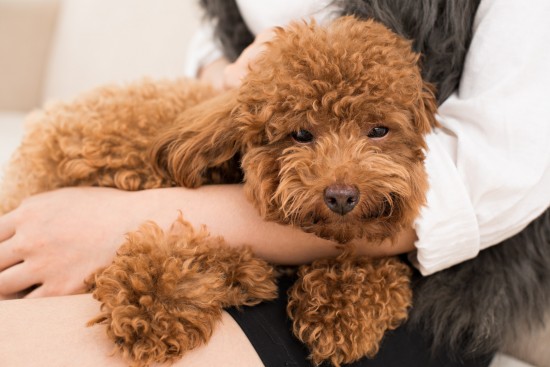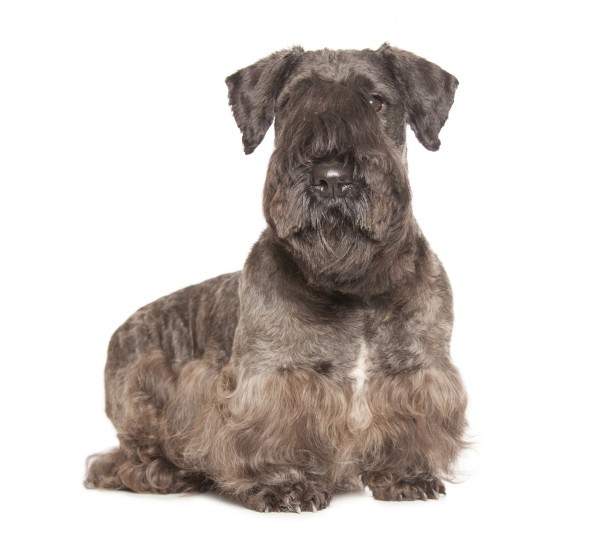

The Siamese cat is one of the oldest breeds on the planet and for decades, they been a popular choice of feline friend here in the UK. Like many pure breeds, the Siamese is more prone to developing certain hereditary health disorders which owners need to know about. As a rule of thumb, the earlier a condition is correctly diagnosed, the simpler it is to treat and the better the outcome is for the cat.
On the whole, these lovely looking felines boast good health and live long and healthy lives. It's also important to bear in mind that not every Siamese will develop any of the conditions listed below, but, if they do you will pick up on the signs there is a problem that much sooner which means your cat will be made more comfortable a lot quicker too.
The Siamese doesn't tolerate anaesthetic very well which vets are aware of and they know that spaying and neutering Siamese cats can sometimes be problematic for this reason.. It can also prove more challenging when cats need any sort of dental work doing too.
Although reputable breeders have done their best to breed out the gene responsible for convergent strabismus, there are still a few Siamese with the gene and are therefore cross-eyed. The condition is not thought to impact a cat's vision nor does it change the way they behave.
Occasionally, a Siamese cat is born with a kinked tail which is known as a Meezer tail. At one time all show cats were required to have this kink in their tail or even several, but with time breeders accepted the trait to be a fault and as such the gene responsible was bred out so today a lot fewer Siamese cats are born with a kink in their tails.
The breed is also known to be more prone to developing certain respiratory issues, but it's younger cats that seem to be the most affected by the following conditions:
Upper Respiration Infection also referred to as URI, is typically caused by either of two pathogens. The first being the Calicivirus which can last up to a week with cats experiencing eye and nasal discharge, ulcers form around their noses and mouths.
The second is the Feline Rhinotracheitis virus. Cats are affected for a lot longer which can be anything from 2 to 4 weeks. Symptoms include drooling and sneezing.
As previously mentioned, younger cats are typically affected by the condition because healthy adult cats have usually been given their shots so they are less at risk of picking up the viruses responsible.
These lovely cats are super intelligent and they love being around people. They really do not like being on their own and if they are, all too often they develop certain psychological disorders one of which is Psychogenic Alopecia.
It's a condition where Siamese cats constantly lick at an area on their bodies until it is completely bald. It is a behavioural issue that can be triggered by boredom, stress or anxiety.
On occasion, a Siamese cat may develop a condition called as Vestibular Disease which is a genetic disorder that affects their inner ear. Typical symptoms are head tilting, loss of balance or a cat might appear disoriented. However, it is thought to be a minor health issue which resolves itself within a few weeks or so. If however, the condition lasts any longer, veterinary attention should be sought so a cat can be put on the right medication.
The Siamese is known to be a robust although fragile looking cat and they boast longer lifespans than many other breeds. There have been reports of Siamese cats living to the ripe old age of 20 years plus, which means sharing a home with one is a very long-term but pleasurable commitment. Knowing about health issues that may affect a Siamese cat, helps you recognise when things might not be quite right and the earlier a condition is diagnosed and treated, the sooner your cat would be made to feel more comfortable and the better the outcome tends to be.
 Tackling Behavioural Problems In Adopted Dogs
Tackling Behaviou
Tackling Behavioural Problems In Adopted Dogs
Tackling Behaviou
 Health Issues Commonly Seen In The Airedale Terrier
Health Issues Com
Health Issues Commonly Seen In The Airedale Terrier
Health Issues Com
 How To Make Your Dog The Star Of The Show
How To Make Your
How To Make Your Dog The Star Of The Show
How To Make Your
 Why Might Your Dog Suddenly Become Clingy?
Why Might Your Do
Why Might Your Dog Suddenly Become Clingy?
Why Might Your Do
 The Cesky Terrier, Eye Issues And Pyometra
The Cesky Terrier
The Cesky Terrier, Eye Issues And Pyometra
The Cesky Terrier
Copyright © 2005-2016 Pet Information All Rights Reserved
Contact us: www162date@outlook.com